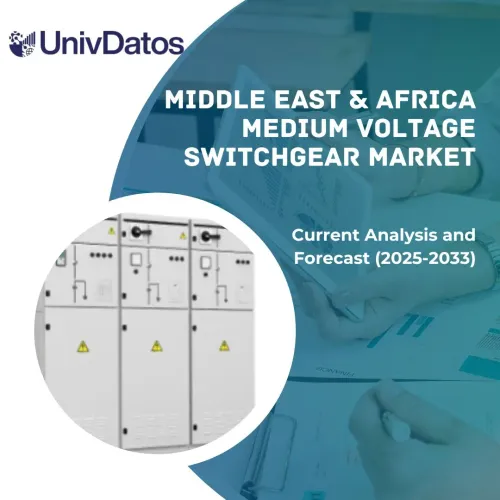- الرئيسية
- معلومات عنا
- صناعة
- الخدمات
- قراءة
- اتصل بنا
سوق الغاز الطبيعي المسال العائم (FLNG): التحليل الحالي والتوقعات (2024-2032)
التركيز على حسب التقنية (LNG FPSO، FSRU، أخرى)؛ حسب القدرة (صغيرة ومتوسطة الحجم، واسعة النطاق، أخرى)، والمناطق (أمريكا الشمالية (الولايات المتحدة، كندا، بقية أمريكا الشمالية)، أوروبا (ألمانيا، المملكة المتحدة، فرنسا، إيطاليا، إسبانيا، بقية أوروبا)، آسيا والمحيط الهادئ (الصين، اليابان، الهند، بقية آسيا والمحيط الهادئ)، بقية العالم)
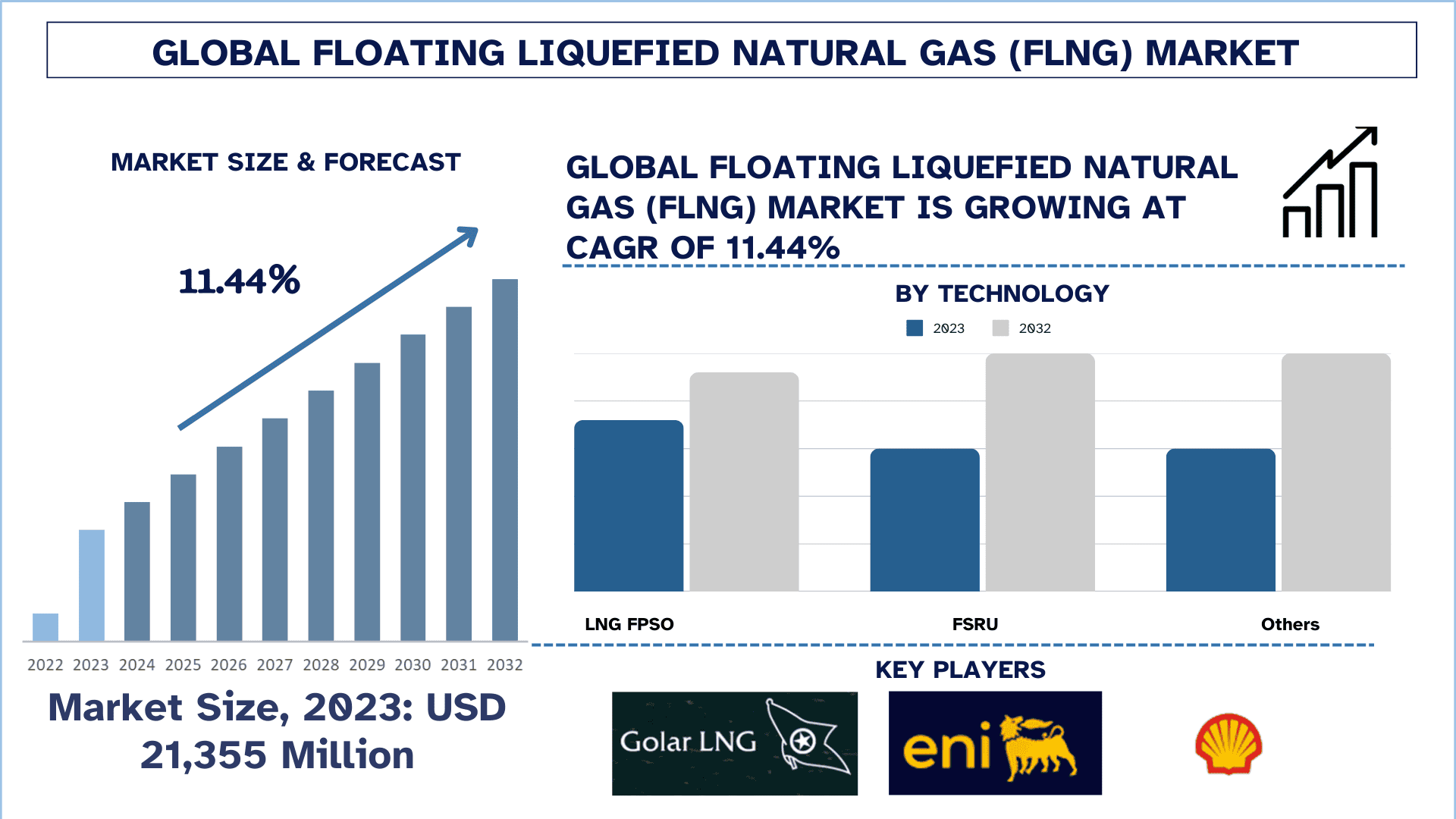
حجم وتوقعات سوق الغاز الطبيعي المسال العائم (FLNG) العالمي
بلغت قيمة سوق الغاز الطبيعي المسال العائم (FLNG) العالمي 21,355 مليون دولار أمريكي في عام 2023 ومن المتوقع أن ينمو بمعدل نمو سنوي مركب قوي يبلغ حوالي 11.44٪ خلال الفترة المتوقعة (2024-2032) بسبب ارتفاع الطلب على الوقود الأنظف في جميع أنحاء العالم.
تحليل سوق الغاز الطبيعي المسال العائم (FLNG) العالمي
يمكن اعتبار تكنولوجيا FLNG تقنية وحلًا بالغ الأهمية حيث يسعى العالم جاهدًا لتلبية مطالبه المتزايدة للغاز الطبيعي، وخاصة في المناطق البحرية والنائية. تمنح تقنية FLNG، بما في ذلك تقنية LNG FPSO (وحدة التخزين والتفريغ العائمة للإنتاج) وتقنية FSRU (وحدة إعادة تغييز التخزين العائمة)، الاستخراج المباشر وإسالة الغاز الطبيعي وتخزينه ونقله من الحقول البحرية إلى السوق المستهدف، مما يجعل أي استثمارات ضخمة ومكلفة في البنية التحتية البرية زائدة عن الحاجة تمامًا.
بلغت قيمة سوق الغاز الطبيعي المسال العائم (FLNG) العالمي 21,355 مليون دولار أمريكي في عام 2023 ومن المتوقع أن ينمو بمعدل نمو سنوي مركب قوي يبلغ حوالي 11.44٪ خلال الفترة المتوقعة (2024-2032). لقد حققت التطورات في سوق الغاز الطبيعي المسال العائم (FLNG) العالمي خطوات واسعة في غضون السنوات القليلة الماضية، وهو تحسن حفزه تزايد متطلبات الغاز في جميع أنحاء العالم ومن خلال حلول أكثر كفاءة وقابلية للتكيف فيما يتعلق بإنتاج الغاز البحري. تعد وحدات LNG FPSO، بالإضافة إلى وحدات FSRUS الجديدة، أمثلة على تقنية FLNG التي يمكن أن تمكن من الإسالة، التي تشمل الغاز الطبيعي المسال والغاز الطبيعي، بالإضافة إلى نقل الغاز الطبيعي من الحقول البحرية، دون الحاجة إلى أي بنية تحتية كثيفة الاستثمار تحتاج إلى تطويرها في الداخل. هذه المحطات العائمة هي أدوات محورية، وتمنح الوصول إلى مثل هذه الموارد النائية أو الموجودة في المياه العميقة دون استثمارات مكلفة تنفق على المرافق الحقلية البحرية. بالنسبة للحاجة العالمية المتزايدة للطاقة، تحتاج موارد الطاقة إلى وصول أكثر فعالية. نظرًا لأن المخاوف البيئية تدفع التحرك نحو مصادر الطاقة الأنظف، فإن الغاز الطبيعي يثبت أنه بديل مفضل للهيدروكربونات المقدرة عالميًا، وهذا يدفع التطور التقني لعمليات FLNG، وهو أمر مهم جدًا في تقدم انتقال الطاقة.
جغرافيًا، ينمو سوق FLNG بسرعة في مناطق مثل منطقة آسيا والمحيط الهادئ (APAC) وأمريكا الشمالية وأوروبا، مع التركيز على حقول الغاز البحرية في الشرق الأوسط وأفريقيا. تعد هذه المناطق موطنًا لاحتياطيات كبيرة غير مستغلة من الغاز الطبيعي، والتي يمكن الوصول إليها وإسالتها على نطاق أوسع بكثير من خلال تقنيات FLNG. نظرًا لاستمرار استكشاف اتساع نطاق تقنية FLNG، فإن إحدى الفوائد الرئيسية لتطويرها هي الاستمرار في تغذية نمو الأسواق الناشئة، وإحراز تقدم نحو معايير بيئية أفضل، وستلعب دورًا كبيرًا في أمن إمدادات الطاقة العالمية بسبب ارتفاع الطلب على الغاز الطبيعي. مع الأخذ في الاعتبار جميع التغييرات التي تطرأ على الطلب على الغاز الطبيعي المسال العائم (FLNG) خلال الفترة 2024-2032.
اتجاهات سوق الغاز الطبيعي المسال العائم (FLNG) العالمي
يناقش هذا القسم اتجاهات السوق الرئيسية التي تؤثر على القطاعات المختلفة لسوق الغاز الطبيعي المسال العائم (FLNG) العالمي كما حددها فريق خبراء الأبحاث لدينا.
زيادة في استكشاف الغاز البحري
يهيمن استكشاف الغاز البحري بشكل متزايد على سوق FLNG العالمي، مما يساهم بشكل أقل في صافي أرباح الشركات، كما أنه يوفر فرصًا ضخمة من حيث الإيرادات. تتحول شركات الطاقة بشكل متزايد إلى الحقول البحرية لتوفير الغاز، لأنها تستنزف الاحتياطيات البرية أو على الأقل تجد أن الوصول البسيط ذات مرة يزداد صعوبة، ويتفاقم هذا الاتجاه بسبب التصعيد الكبير في الطلب العالمي على الغاز الطبيعي. تكمن جميع الاحتمالات الجديدة بشكل أساسي في الخارج، والكثير منها غير مستغل، بل وأكثر من ذلك في المواقع البعيدة والعميقة حيث البنية التحتية البرية التقليدية غير ممكنة أو مكلفة للغاية.
توفر وحدات الغاز الطبيعي المسال العائمة مثل الغازات الطبيعية المسالة (LNG) FPSO ووحدات FSRU مرونة وفعالية من حيث التكلفة في تصنيع وإسالة وتخزين الغاز الطبيعي، وكل ذلك يتم في البحر. تلتقط هذه المنصات العائمة الغاز الطبيعي وتعالجه القادم من حقل بحري دون مرافق برية متقنة، مما يمنح شركات الطاقة إمكانية الوصول إلى الموارد البرية، ويقلل التكاليف ووقت التطوير.
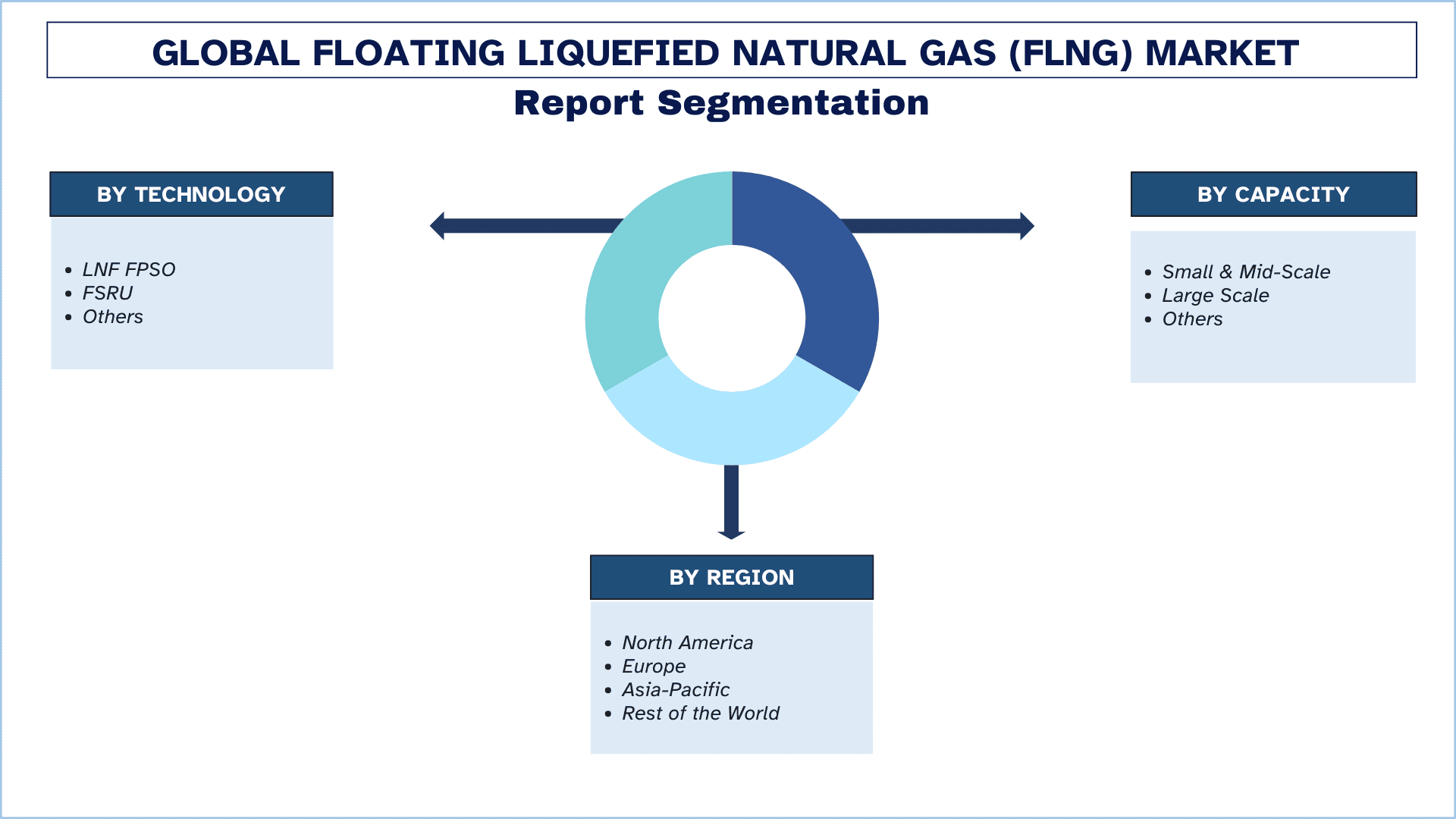
من المتوقع أن تستحوذ منطقة آسيا والمحيط الهادئ على حصة سوقية رئيسية خلال الفترة المتوقعة
شهد سوق FLNG في منطقة آسيا والمحيط الهادئ رحلة نمو على مدى السنوات الماضية، تتميز بالطلب المتزايد السريع على احتياجات الصناعة من الغاز الطبيعي، كمصدر طاقة أنظف للفحم والنفط، في هذه المنطقة بالذات. يسعى الكثيرون إلى الوصول إلى أهداف الطاقة مع تحقيق معايير خفض انبعاثات الكربون. على هذا النحو، فإن الاستثمار في البنية التحتية على جانب المحيط للوصول إلى احتياطيات الغاز المربحة يتحول إلى أكثر جاذبية مع وجود مرفق الغاز الطبيعي المسال العائم (FLNG).
تمتلك دول مثل الصين وأستراليا وماليزيا وإندونيسيا احتياطيات ضخمة من الغاز الطبيعي البحري؛ فهي تستخدم تقنيات FLNG للحصول على طرق سهلة للنفط. تسمح تقنيات FLNG، مثل LNG FPSO ووحدات FSRU، باستخراج الغاز الطبيعي وإسالته وتخزينه مباشرة على متن سفينة عائمة في البحر بحيث لا يمكن تشغيل الغاز الطبيعي المسال الأكثر كفاءة فحسب، بل أيضًا الفعال من حيث التكلفة.
بالإضافة إلى ذلك، كانت سياسات الطاقة النظيفة فعالة في تشجيع زيادة اعتماد أنظمة FLNG داخل المنطقة حيث أن أمن الطاقة آخذ في الارتفاع أيضًا على قائمة أهم مجالات مخاطر الأمن القومي. علاوة على ذلك، حدث تحسين الكفاءة والجوانب الأخرى للاستدامة البيئية للتكنولوجيا بالإضافة إلى زيادة كفاءتها.
بالنظر إلى الطلب الكبير على الغاز الطبيعي ومع المزيد من أنشطة الحفر الجديدة، فإن سوق FLNG في منطقة آسيا والمحيط الهادئ سيميل إلى التوسع بمرور الوقت، خاصة وأن الصين أو الهند أو اليابان تتحرك لتجنب الفحم وأشكال الطاقة الأخرى، وإدخال مصادر الطاقة المتجددة، وتقليل توليد الطاقة القائمة على الفحم.
مع الأخذ في الاعتبار جميع التحولات التي ستؤدي إلى زيادة الطلب على الغاز الطبيعي المسال العائم (FLNG) خلال الفترة 2024-2032.
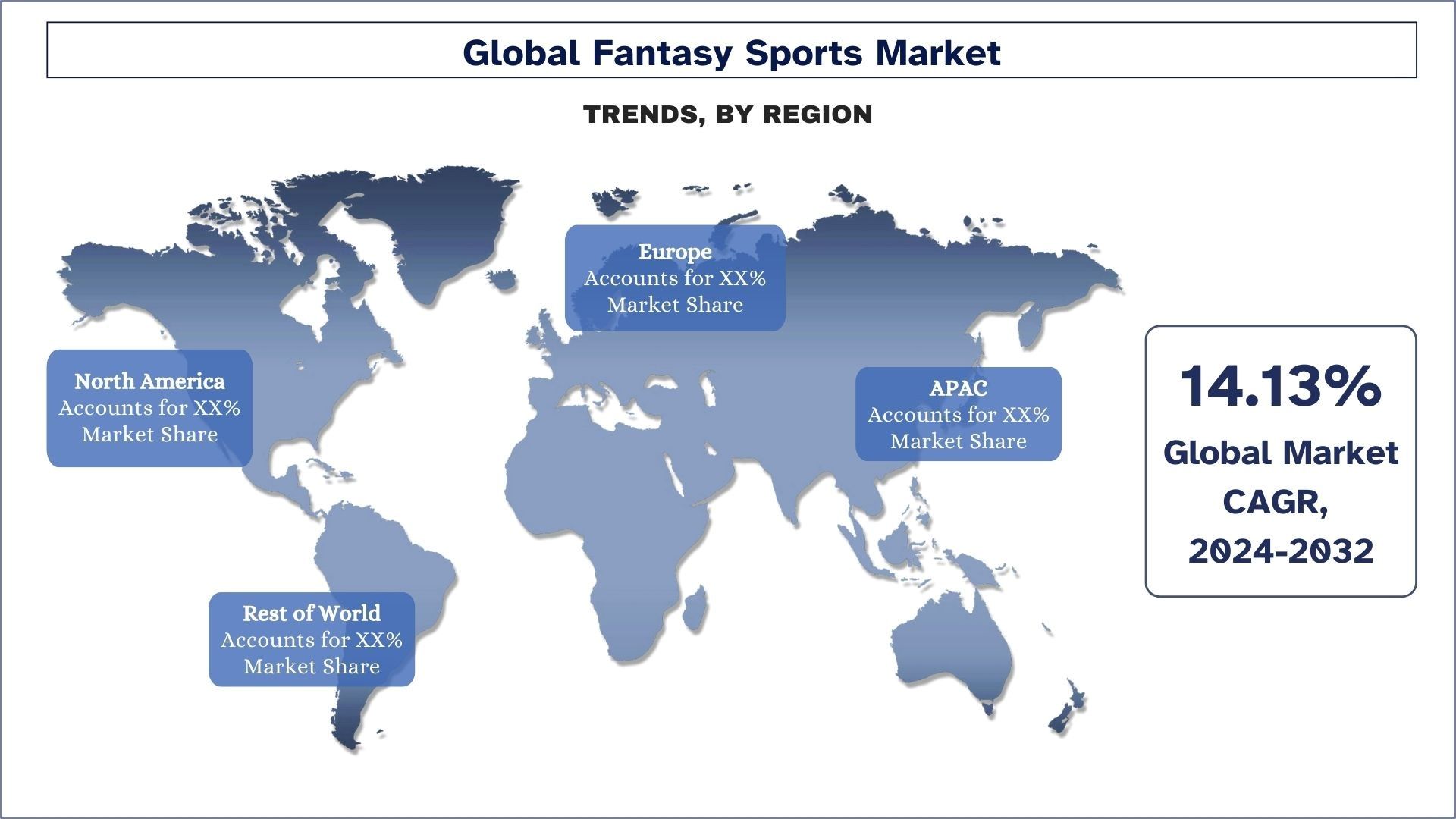
نظرة عامة على صناعة الغاز الطبيعي المسال العائم (FLNG) العالمي
سوق الغاز الطبيعي المسال العائم (FLNG) العالمي تنافسي ومجزأ، مع وجود العديد من اللاعبين في السوق العالميين والدوليين. يتبنى اللاعبون الرئيسيون استراتيجيات نمو مختلفة لتعزيز وجودهم في السوق، مثل الشراكات والاتفاقيات والتعاون وإطلاق المنتجات الجديدة والتوسعات الجغرافية وعمليات الاندماج والاستحواذ. بعض اللاعبين الرئيسيين العاملين في السوق هم Höegh Evi وGolar LNG Limited وExcelerate Energy Inc. وEni S.p.A. وMitsui O.S.K. Lines وShell Plc وPetroleum Nasional Berhad (PETRONAS) وEXMAR وBASF SE وABB Ltd.
أخبار سوق الغاز الطبيعي المسال العائم (FLNG) العالمي
في عام 2025، بدأت شركة British Petroleum في تدفق الغاز من المرحلة الأولى من مشروع Greater Torture Ahmeyim (GTA)، وهو أحد أعمق المشاريع بقدرة إجمالية تبلغ 2.1 مليون طن سنويًا في أفريقيا.
تغطية تقرير سوق الغاز الطبيعي المسال العائم (FLNG) العالمي
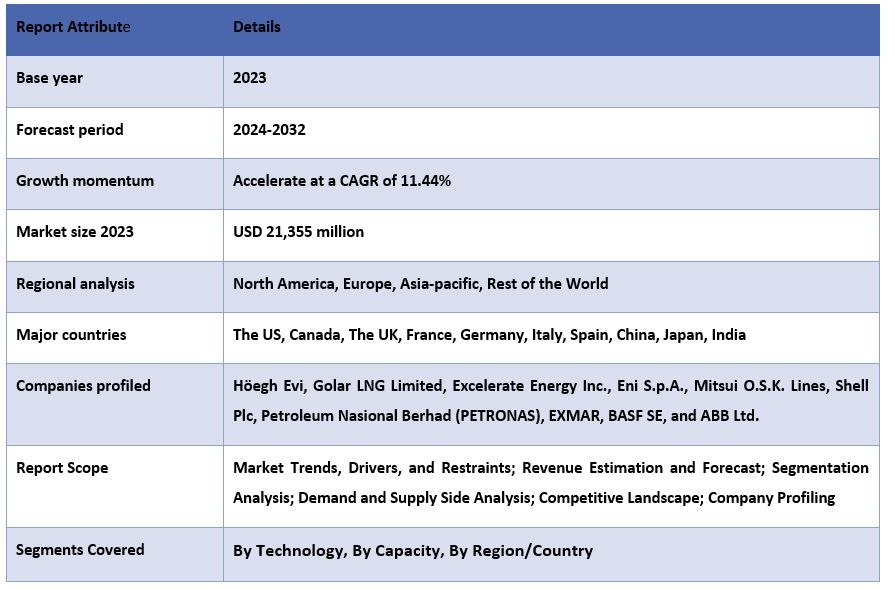
أسباب شراء هذا التقرير:
تتضمن الدراسة تحليل حجم السوق والتنبؤات الذي تم التحقق من صحته من قبل خبراء الصناعة الرئيسيين الموثوقين.
يقدم التقرير مراجعة سريعة للأداء الصناعي العام في لمحة.
يغطي التقرير تحليلًا متعمقًا لأقران الصناعة البارزين مع التركيز الأساسي على البيانات المالية الرئيسية للأعمال ومحافظ المنتجات واستراتيجيات التوسع والتطورات الأخيرة.
دراسة تفصيلية للمحركات والقيود والاتجاهات الرئيسية والفرص السائدة في الصناعة.
تغطي الدراسة السوق بشكل شامل عبر قطاعات مختلفة.
تحليل متعمق على المستوى الإقليمي للصناعة.
خيارات التخصيص:
يمكن تخصيص سوق الغاز الطبيعي المسال العائم (FLNG) العالمي بشكل أكبر وفقًا للمتطلبات أو أي قطاع سوقي آخر. إلى جانب ذلك، تتفهم UMI أنك قد تكون لديك احتياجات عمل خاصة بك؛ وبالتالي، لا تتردد في التواصل معنا للحصول على تقرير يناسب متطلباتك تمامًا.
جدول المحتويات
منهجية البحث لتحليل سوق الغاز الطبيعي المسال العائم العالمي (FLNG) (2024-2032)
كان تحليل السوق التاريخي وتقدير السوق الحالي والتنبؤ بسوق الغاز الطبيعي المسال العائم العالمي (FLNG) في المستقبل هي الخطوات الرئيسية الثلاث التي تم اتخاذها لإنشاء وتحليل اعتماد الغاز الطبيعي المسال العائم العالمي (FLNG) في المناطق الرئيسية على مستوى العالم. تم إجراء بحث ثانوي شامل لجمع أرقام السوق التاريخية وتقدير حجم السوق الحالي. ثانيًا، للتحقق من صحة هذه الرؤى، تم أخذ العديد من النتائج والافتراضات في الاعتبار. علاوة على ذلك، تم إجراء مقابلات أولية شاملة مع خبراء الصناعة عبر سلسلة القيمة لسوق الغاز الطبيعي المسال العائم العالمي (FLNG). بعد افتراض أرقام السوق والتحقق من صحتها من خلال المقابلات الأولية، استخدمنا نهجًا من أعلى إلى أسفل/من أسفل إلى أعلى للتنبؤ بحجم السوق الكامل. بعد ذلك، تم اعتماد طرق تقسيم السوق وتثليث البيانات لتقدير وتحليل حجم السوق للقطاعات والقطاعات الفرعية في الصناعة. يتم شرح المنهجية التفصيلية أدناه:
تحليل حجم السوق التاريخي
الخطوة 1: دراسة متعمقة للمصادر الثانوية:
تم إجراء دراسة ثانوية مفصلة للحصول على حجم السوق التاريخي لسوق الغاز الطبيعي المسال العائم العالمي (FLNG) من خلال مصادر الشركة الداخلية مثل التقارير السنوية والبيانات المالية وعروض الأداء والنشرات الصحفية وما إلى ذلك، والمصادر الخارجية بما في ذلك المجلات والأخبار والمقالات والمنشورات الحكومية ومنشورات المنافسين وتقارير القطاعات وقاعدة بيانات الطرف الثالث والمنشورات الموثوقة الأخرى.
الخطوة 2: تجزئة السوق:
بعد الحصول على حجم السوق التاريخي لسوق الغاز الطبيعي المسال العائم العالمي (FLNG)، أجرينا تحليلًا ثانويًا مفصلًا لجمع رؤى السوق التاريخية وحصتها لقطاعات وقطاعات فرعية مختلفة للمناطق الرئيسية. يتم تضمين القطاعات الرئيسية في التقرير حسب التكنولوجيا وحسب السعة. تم إجراء المزيد من التحليلات الإقليمية/على مستوى الدولة لتقييم الاعتماد العام لنماذج الاختبار في تلك المنطقة.
الخطوة 3: تحليل العوامل:
بعد الحصول على حجم السوق التاريخي للقطاعات والقطاعات الفرعية المختلفة، أجرينا تحليلًا تفصيليًا للعوامل لتقدير حجم السوق الحالي لسوق الغاز الطبيعي المسال العائم العالمي (FLNG). علاوة على ذلك، أجرينا تحليلًا للعوامل باستخدام المتغيرات التابعة والمستقلة مثل حسب التكنولوجيا وحسب السعة في سوق الغاز الطبيعي المسال العائم العالمي (FLNG). تم إجراء تحليل شامل لسيناريوهات جانب الطلب والعرض مع الأخذ في الاعتبار أفضل الشراكات وعمليات الاندماج والاستحواذ والتوسع التجاري وإطلاق المنتجات في قطاع سوق الغاز الطبيعي المسال العائم العالمي (FLNG) في جميع أنحاء العالم.
تقدير حجم السوق الحالي والتوقعات
تقدير حجم السوق الحالي: بناءً على رؤى قابلة للتنفيذ من الخطوات الثلاث المذكورة أعلاه، توصلنا إلى حجم السوق الحالي واللاعبين الرئيسيين في سوق الغاز الطبيعي المسال العائم العالمي (FLNG) وحصص السوق للقطاعات. تم تحديد جميع تقسيمات الأسهم المئوية المطلوبة وتقسيمات السوق باستخدام النهج الثانوي المذكور أعلاه وتم التحقق منها من خلال المقابلات الأولية.
التقدير والتنبؤ: لتقدير السوق والتنبؤ به، تم تعيين أوزان لعوامل مختلفة، بما في ذلك المحركات والاتجاهات والقيود والفرص المتاحة لأصحاب المصلحة. بعد تحليل هذه العوامل، تم تطبيق تقنيات التنبؤ ذات الصلة، أي النهج من أعلى إلى أسفل/من أسفل إلى أعلى، للوصول إلى توقعات السوق لعام 2032 للقطاعات والقطاعات الفرعية المختلفة عبر الأسواق الرئيسية على مستوى العالم. تشتمل منهجية البحث المعتمدة لتقدير حجم السوق على:
حجم سوق الصناعة، من حيث الإيرادات (بالدولار الأمريكي) ومعدل اعتماد سوق الغاز الطبيعي المسال العائم العالمي (FLNG) عبر الأسواق الرئيسية محليًا
جميع الأسهم المئوية والانقسامات والتقسيمات الفرعية لقطاعات السوق والقطاعات الفرعية
اللاعبين الرئيسيين في سوق الغاز الطبيعي المسال العائم العالمي (FLNG) من حيث المنتجات المعروضة. أيضًا، استراتيجيات النمو التي اعتمدها هؤلاء اللاعبون للتنافس في السوق سريعة النمو.
التحقق من حجم السوق والحصة السوقية
البحث الأولي: تم إجراء مقابلات متعمقة مع قادة الرأي الرئيسيين (KOLs)، بمن فيهم كبار المديرين التنفيذيين (CXO/VPs، ورئيس المبيعات، ورئيس التسويق، والرئيس التشغيلي، والرئيس الإقليمي، والرئيس القطري، وما إلى ذلك) في المناطق الرئيسية. ثم تم تلخيص النتائج الأولية، وتم إجراء تحليل إحصائي لإثبات الفرضية المذكورة. تم دمج مدخلات من البحث الأولي مع النتائج الثانوية، وبالتالي تحويل المعلومات إلى رؤى قابلة للتنفيذ.
تقسيم المشاركين الأوليين في مناطق مختلفة
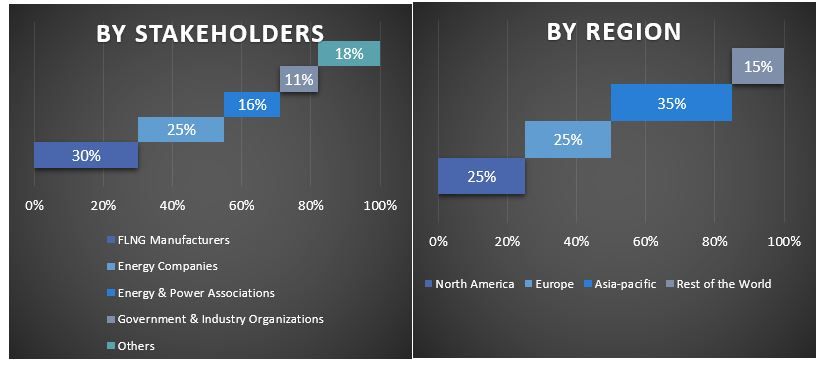
هندسة السوق
تم استخدام تقنية تثليث البيانات لإكمال تقدير السوق الإجمالي والوصول إلى أرقام إحصائية دقيقة لكل قطاع وفرع فرعي من سوق الغاز الطبيعي المسال العائم العالمي (FLNG). تم تقسيم البيانات إلى عدة قطاعات وقطاعات فرعية بعد دراسة معايير واتجاهات مختلفة حسب التكنولوجيا وحسب السعة في سوق الغاز الطبيعي المسال العائم العالمي (FLNG).
الهدف الرئيسي من دراسة سوق الغاز الطبيعي المسال العائم العالمي (FLNG)
تم تحديد اتجاهات السوق الحالية والمستقبلية لسوق الغاز الطبيعي المسال العائم العالمي (FLNG) في الدراسة. يمكن للمستثمرين الحصول على رؤى استراتيجية لتقييم تقديرهم للاستثمارات بناءً على التحليل النوعي والكمي الذي تم إجراؤه في الدراسة. حددت اتجاهات السوق الحالية والمستقبلية الجاذبية الإجمالية للسوق على المستوى الإقليمي، مما يوفر منصة للمشارك الصناعي لاستغلال السوق غير المستغلة للاستفادة من ميزة المحرك الأول. تشمل الأهداف الكمية الأخرى للدراسات ما يلي:
تحليل حجم السوق الحالي والمتوقع لسوق الغاز الطبيعي المسال العائم العالمي (FLNG) من حيث القيمة (بالدولار الأمريكي). أيضًا، قم بتحليل حجم السوق الحالي والمتوقع للقطاعات والقطاعات الفرعية المختلفة.
تشمل القطاعات في الدراسة مجالات حسب التكنولوجيا وحسب السعة.
تحديد وتحليل الإطار التنظيمي لصناعة الغاز الطبيعي المسال العائم العالمي (FLNG).
تحليل سلسلة القيمة المتضمنة في وجود وسطاء مختلفين، إلى جانب تحليل سلوكيات العملاء والمنافسين في الصناعة.
تحليل حجم السوق الحالي والمتوقع لسوق الغاز الطبيعي المسال العائم العالمي (FLNG) للمناطق الرئيسية.
تشمل الدول الرئيسية في المناطق التي تمت دراستها في التقرير أمريكا الشمالية (الولايات المتحدة وكندا وبقية أمريكا الشمالية)، وأوروبا (المملكة المتحدة وفرنسا وألمانيا وإيطاليا وإسبانيا وبقية أوروبا)، وآسيا والمحيط الهادئ (الصين واليابان والهند وبقية آسيا والمحيط الهادئ)، وبقية العالم
الملفات التعريفية لشركات سوق الغاز الطبيعي المسال العائم العالمي (FLNG) واستراتيجيات النمو التي اعتمدها اللاعبون في السوق للاستمرار في السوق سريعة النمو.
تحليل متعمق على المستوى الإقليمي للصناعة.
الأسئلة الشائعة الأسئلة الشائعة
س1: ما هو حجم السوق الحالي وإمكانات النمو لسوق الغاز الطبيعي المسال العائم العالمي (FLNG)؟
بلغت قيمة سوق الغاز الطبيعي المسال العائم العالمي 21,355 مليون دولار أمريكي في عام 2023 ومن المتوقع أن ينمو بمعدل نمو سنوي مركب قدره 11.44٪ خلال الفترة المتوقعة (2024-2032).
س 2: ما هو العامل المحرك لنمو سوق الغاز الطبيعي المسال العائم (FLNG) العالمي؟
إن تزايد الطلب العالمي على الغاز الطبيعي هو أحد العوامل الرئيسية الدافعة للنمو.
س3: أي قطاع لديه أكبر حصة في سوق الغاز الطبيعي المسال العائم العالمي (FLNG) حسب التكنولوجيا؟
يحظى قطاع وحدات التخزين والتغويز العائمة (FSRU) بأكبر حصة في السوق العالمية للغاز الطبيعي المسال العائم (FLNG) حسب التكنولوجيا.
س4: أي منطقة ستسيطر على سوق الغاز الطبيعي المسال العائم (FLNG) العالمي؟
من المتوقع أن تهيمن منطقة آسيا والمحيط الهادئ على السوق خلال الفترة المتوقعة.
س5: ما هي المناطق التي تهيمن على سوق الرياضات الخيالية العالمي؟
من المتوقع أن تهيمن أمريكا الشمالية على السوق خلال الفترة المتوقعة.
ذات صلة التقارير
العملاء الذين اشتروا هذا المنتج اشتروا أيضًا






